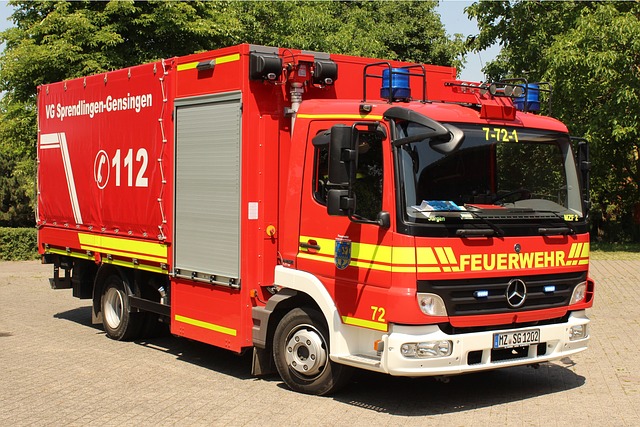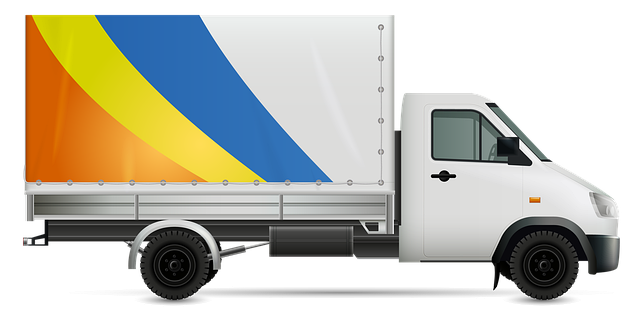Physical Damage Insurance is crucial for fleet owners, offering protection against accidents, theft, and severe weather. Fleet owners should carefully review policy details, compare costs, and consider factors like vehicle age and usage patterns to optimize risk coverage. By understanding comprehensive and collision coverages, negotiating rates, and implementing safety protocols, owners can manage expenses while ensuring their fleet's operational continuity and security. Regular reassessments of coverage needs are key to staying protected as fleet operations evolve.
In today’s competitive landscape, fleet owners are continually seeking ways to optimize costs without compromising on essential coverage. This article equips you with the knowledge to make informed, cost-conscious decisions regarding physical damage insurance. We’ll guide you through understanding various policy needs, assessing risk factors influencing your choices, and navigating coverage options for maximum cost-effectiveness. Additionally, discover strategies to mitigate claims and reduce insurance costs, ensuring your fleet’s financial health.
Understanding Physical Damage Insurance: A Fleet Owner's Guide

Physical Damage Insurance is a crucial component for fleet owners, offering protection against unexpected vehicle accidents and subsequent repairs or replacements. This type of coverage is designed to mitigate financial losses incurred when your fleet vehicles suffer physical damage due to events like collisions, fire, theft, or severe weather conditions. It’s not just about settling for the least expensive option; it’s about finding a balance between cost and comprehensive protection.
When considering Physical Damage Insurance, fleet owners should scrutinize policy details, including deductibles, coverage limits, and specific exclusions. Understanding these elements ensures you’re aware of what’s insured and what might be left uncovered. Additionally, evaluating the overall financial impact of various insurance plans can help make informed decisions that align with your budget while keeping your fleet operational and protected.
Assessing Risk: Factors Influencing Your Policy Needs

Fleet owners, when assessing their insurance needs, must first consider a multitude of factors that influence risk levels. These include the type and age of vehicles in the fleet, driving records of employees, usage patterns (e.g., local vs. long-haul), and environmental conditions where the vehicles operate. Each factor plays a critical role in determining the likelihood and potential impact of accidents or damage.
For instance, older vehicles might be more prone to mechanical failures or accidents, necessitating comprehensive coverage including physical damage insurance. Conversely, high-mileage fleets operating in harsh climates could require specialized policies that account for increased wear and tear. By meticulously evaluating these aspects, fleet owners can make informed decisions tailored to their unique operational needs, ultimately optimizing cost efficiency while ensuring adequate risk mitigation.
Navigating Coverage Options for Optimal Cost-Effectiveness

Navigating the complex landscape of insurance options can be a daunting task for fleet owners, especially when prioritizing cost-effectiveness. Physical damage insurance is a crucial component that often requires careful consideration. By understanding different coverage types and their associated costs, owners can make informed decisions to manage expenses while ensuring adequate protection. This involves evaluating comprehensive and collision coverages, which protect against various risks, including accidents and natural disasters, allowing for repairs or vehicle replacement.
Optimal cost-effectiveness goes beyond choosing the right type of physical damage insurance; it also includes negotiating rates, comparing quotes from multiple insurers, and reviewing policy exclusions. Fleet owners should regularly reassess their coverage needs, especially as their operations evolve. Staying informed about market trends, industry regulations, and potential risks enables them to adapt their insurance strategies, ensuring they receive the best value for their investment without compromising on vital protection for their fleet.
Strategies to Mitigate Claims and Reduce Insurance Costs

To empower fleet owners in making informed, cost-conscious insurance choices, it’s crucial to understand strategies that mitigate claims and reduce insurance costs. One effective approach is implementing robust safety protocols and driver training programs. By ensuring drivers are well-versed in defensive driving techniques and adhering to strict vehicle maintenance schedules, fleet owners can significantly lower the risk of accidents and subsequent physical damage insurance claims.
Regular fleet maintenance checks, prompt repair of worn-out parts, and staying updated with vehicle recalls can also help prevent costly damages. Additionally, encouraging safe driving habits through incentives or reward programs can further reduce claims. Utilizing telematics technology to monitor driver behavior and track vehicle performance allows for proactive risk management, enabling fleet owners to make data-driven decisions that optimize insurance costs without compromising safety.
Empowering fleet owners with knowledge is key to navigating the complex landscape of physical damage insurance. By understanding their risk factors, exploring various coverage options, and implementing effective claim management strategies, fleet owners can make informed decisions that balance protection with cost-consciousness. This approach ensures optimal insurance choices, ultimately securing their assets while staying within budget constraints.
